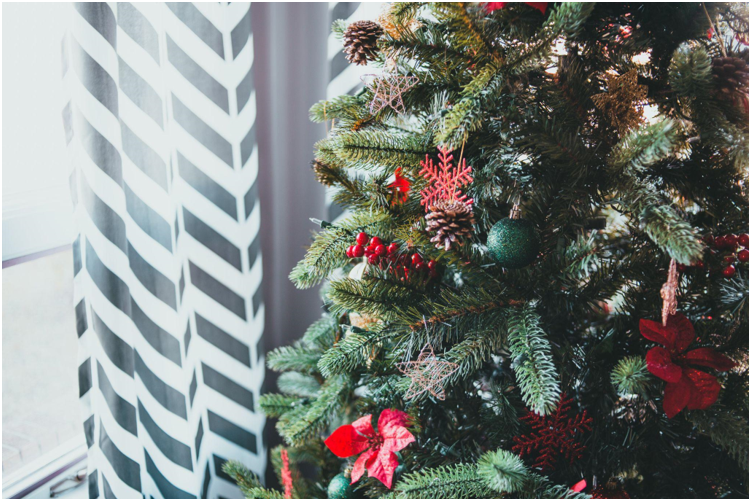The Origin of Artificial Christmas Trees
Christmas trees artificial have been around for centuries, with the first made in Germany in the 1800s. These trees were typically made from goose feathers, dyed green, and attached to wire branches. However, it was in the 1930s that artificial trees became popular in America.
At the time, many Americans were concerned about the deforestation caused by the demand for real Christmas trees. As a result, companies began producing Christmas trees artificial made from materials like aluminum and PVC. These trees were more eco-friendly, affordable, and accessible to set up than real trees.
The Impact on Native Tribes
While artificial trees may seem harmless, they have hurt Native tribes who rely on selling real Christmas trees for income. For example, the Navajo Nation in Arizona and New Mexico has a thriving Christmas tree industry that generates millions of dollars annually.
However, the popularity of Christmas trees artificial has led to a decline in demand for real trees, causing many Native tree farmers to struggle financially. This has had a ripple effect on their communities, as they are forced to find alternative sources of income.
Despite this, some Native tribes have found ways to adapt to the changing market. For example, the Lummi Nation in Washington state has begun selling wreaths made from local plants and materials, which have proved a successful alternative to Christmas trees.
The Rise of 8 ft Christmas Trees
One trend that has emerged in recent years is the popularity of 8-ft Christmas trees. These trees are taller than the standard 6-foot tree and offer a more dramatic look for those with high ceilings or large living spaces.
In response to this trend, many companies now offer a wide range of 8-foot trees in various styles and colors. Some even come pre-lit with thousands of LED lights, making creating a festive atmosphere in your home more accessible than ever.
In conclusion, artificial Christmas trees have become an increasingly popular choice for many Americans, but it’s crucial to remember their impact on Native tribes that rely on selling real trees. As we continue to celebrate the holiday season, supporting local tree farmers and finding ways to be eco-friendly without sacrificing tradition is essential.
